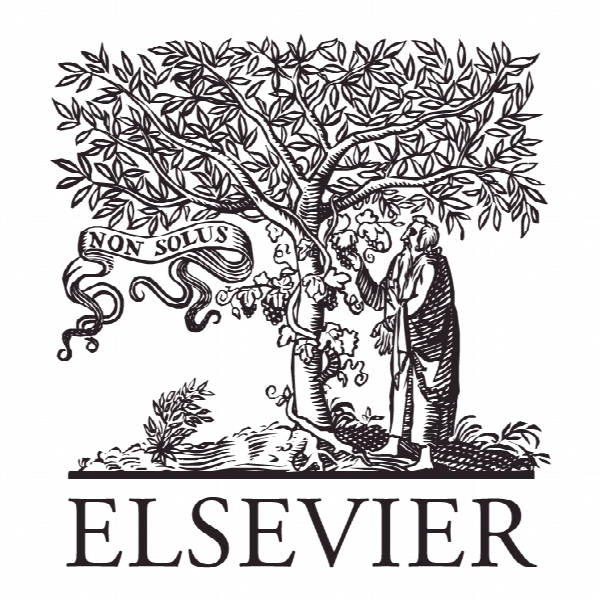تجسم اطلاعات مربوط به ریسک برای سفارش های کاری از طریق روند برنامه ریزی فعالیت های تعمیر و نگهداری Visualizing risk related information for work orders through the planning process of maintenance activities
- نوع فایل : کتاب
- زبان : انگلیسی
- ناشر : Elsevier
- چاپ و سال / کشور: 2018
توضیحات
رشته های مرتبط مهندسی صنایع
گرایش های مرتبط برنامه ریزی و تحلیل سیستم ها
مجله علوم ایمنی – Safety Science
دانشگاه Norwegian University of Science and Technology (NTNU) – Trondheim – Norway
منتشر شده در نشریه الزویر
گرایش های مرتبط برنامه ریزی و تحلیل سیستم ها
مجله علوم ایمنی – Safety Science
دانشگاه Norwegian University of Science and Technology (NTNU) – Trondheim – Norway
منتشر شده در نشریه الزویر
Description
1. Introduction Planning of maintenance activities serves several purposes, of which the most obvious ones are to provide a basis for efficient performance of the activities with the time and resources available. However, in hazardous industries, maintenance planning also serves to manage risk, by identifying hazards and ensuring that measures are planned for that can contribute to reduce risk to an acceptable level. In the oil and gas industry offshore, evidence shows that there is significant scope for improvement in this area. Sarshar et al. (2015) looked at 24 investigation reports of gas leaks on the Norwegian Continental Shelf (NCS) and the review showed that in 18 of the cases, factors related to planning were identified as contributors to the incidents. An example includes that unoriginal parts were used for a job on a hydrocarbon leakage which caused a leak incident. There can be many reasons why the planning process is not suffi- cient, but an important basis for developing good plans and making good decisions is clearly to have the right information available at the right time in a format that facilitates understanding of important risk related aspects of the work. Fig. 1 gives an overview over the process. The starting point is that there are certain hazards, with associated probability and consequence that need to be managed. One identify relevant factors that influence risk and develop risk models to analyse risk. The output from this is a risk picture. In addition, Sarshar et al. (submitted for publication) also identified other relevant risk related information that is necessary to make good decision. This needs to be presented to the decision-makers (planners and others). Before a decision can be made, the information must be interpreted by the decisionmakers and they have to make sense of it within the context of the work that is going to take place. The focus in this paper is on the presentation of the information to the decision-makers, or the visualization as it is described in the figure.


